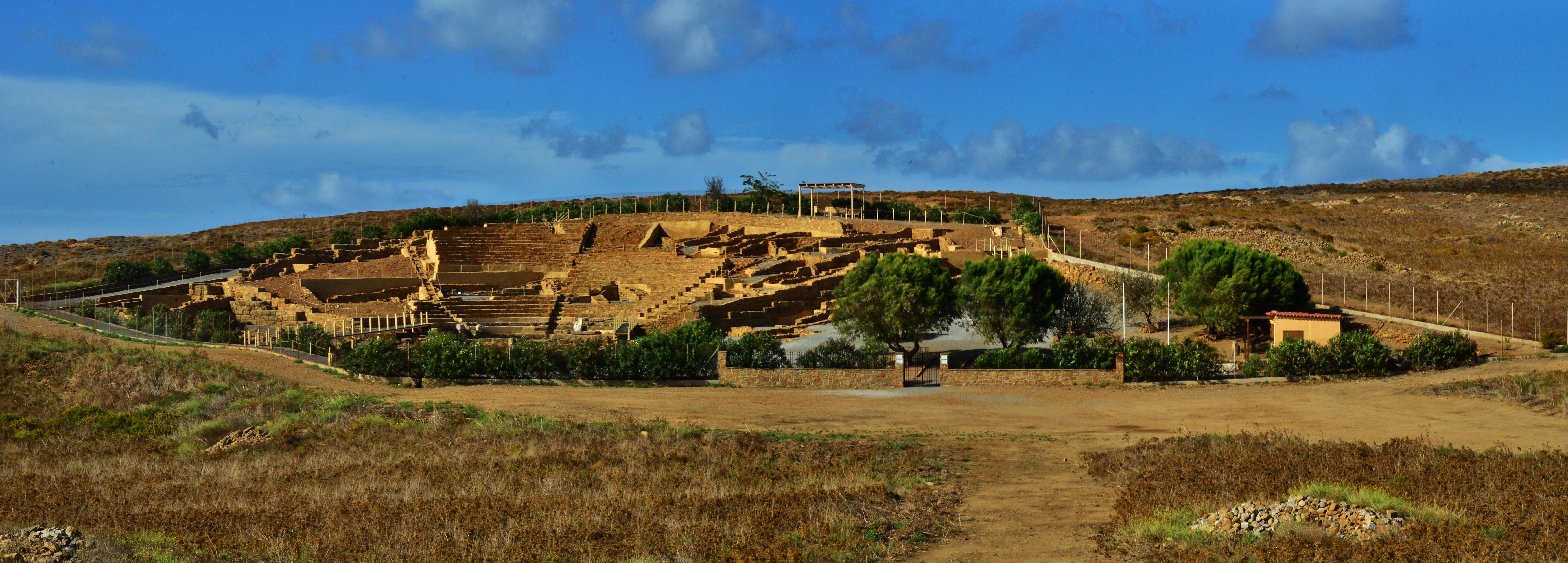Hephaestia (north of the Gulf of Pournia) was in the past the second biggest town of Lemnos after Myrina. The excavations of the Italian Archaeological School and the Ephorate of Prehistoric and Classical Antiquities unearthed antiquities which documented human activity in the area from the Late Bronze Age to the Byzantine times.
The discovery of a sanctuary and a cemetery dating from the middle of the 8th to the 5th century BC, gave the archaeologists important information concerning the history of the place. The sanctuary, which was identified as the sanctuary of the Great Goddess, was built inside the city, on the western slopes of the peninsula. It operated from the middle of the 8th to the end of the 6th century BC, when it was destroyed. The building was constructed in two levels: the lower (west) consisted of seven consecutive small spaces and the higher (east) consisted of three areas leading to a courtyard.
Other things that have been discovered are two ceramic furnaces of the Hellenistic period (2nd-1st century BC) which were discovered near the worship premises. Also there are the remains of Hephaestia theater which dates back to the early Hellenistic period and was modified during the Roman era. Finally, to the southeast of the city, near the sea, archaeologists discovered baths and remains of houses from the Hellenistic and Byzantine periods.
Open hours: Daily, 08:00-15:00
Tickets: Free admission



